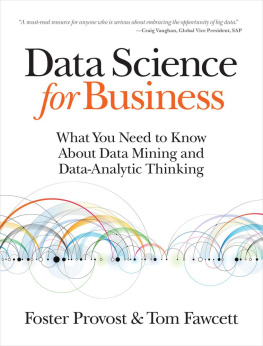Data science with Python
A Beginner's Guide to Python for Data Science That's Easy to Follow
(2022 Crash Course for Newbies)
Wade Briggs
Copyright 2022
All rights reserved.
ISBN:
CONTENTS
Chapter 1 | |
Chapter 2 | |
Chapter 3 | |
Chapter 4 | |
Chapter 5 | |
Chapter 6 | |
Chapter 7 | |
Chapter 8 | |
Chapter 9 | |
Chapter 10 | |
Conclusion | |
Python is a multi-paradigm programming language that may be thought of as a Swiss army knife in the realm of coding.
It can support, among other things, OOP, functional programming techniques, and structured programming.
There's a common phrase in the Python community that goes something like this: Python is often regarded as the second-best language for all purposes.
But this isn't a slam on enterprises that are confronted with the problem of utilizing best-of-breed solutions since they eventually find themselves encumbered with unmaintainable and incompatible codebases.
Python is capable of handling all tasks, from data mining to website development to the operation of embedded equipment.
It is a programming language that can do anything.
In the case of ForecastWatch, for example, Python was used to create a parser for gathering predictions from other websites.
It is also used for an aggregation engine, which compiles data, as well as the website code for showing results.
PHP was previously used to develop the website until the company recognized that dealing with a single language for everything was much simpler.
Python was also chosen for data analysis by Facebook since it was widely utilized in other parts of the corporation.
Python derives its name from the iconic rock band Monty Python.
Guido Van Possum, the Python programming language's founder, picked this moniker to imply that using it would be enjoyable.
Several odd Monty Python skits are cited in Python code examples as well as documentation.
For these reasons, this programming language is popular among programmers.
When data scientists with scientific or technical backgrounds use the language for the first time for data analysis, they may feel like a barber with an axout of place.
However, Python's inherent simplicity and readability make it a relatively simple choice, and the abundance of specialized analytical libraries accessible currently means that data scientists in all industries may find packages adapted to their requirements, simply available for download on the internet.
Because of the generic nature of Python and its flexibility, it was unavoidable that as the language's popularity skyrocketed, its application in data science became a foregone conclusion.
In truth, Python is a jack-of-all-trades software that isn't especially well-suited for statistical analysis.
Several firms, however, have invested in Python, recognizing the benefits of utilizing a standardized language and expanding it for those goals.
The Effectiveness of Python Libraries
The libraries, like with other programming languages, are the primary cause for Python's success.
With the PyPi (Python Package Index), there are around 72,000 of them accessible, and the number is continually growing.
Python is deliberately intended to have a stripped-down and lightweight core, and its standard library is developed with features that may be used in every programming work.
Python has a "batteries included" concept that helps users to get right to work on finding answers to issues without having to wade through a plethora of competing function libraries.
In the Python community, there is always someone willing to assist.
There are many nice things about Python, one of which is the large and varied community of millions of Python users all over the world who are eager to provide ideas and support when you get stuck.
There's a strong probability that someone has encountered the same issue before you.
Because of their open conversation style, these open-source groups are immensely popular.
However, some of them are adamant about not allowing newcomers to mingle freely.
Python, thankfully, is an exception.
These Python specialists are available to help you both online and in local meet-ups.
You're certain to run into a few snags when learning a new programming language.
Because Python is so important in the data science field, there are various sites dedicated to the use of Python in data science.
These meet-up groups of data scientists who use Python are common across the United States, particularly in cities such as Los Angeles and Seattle.
If you're having difficulties finding a meet-up group near you with the necessary credentials, there's a data science hack that searches these meet-up groups using Python to locate the ideal match.
Chapter 1

What Exactly Is Data Science?
The first thing we need to go over in this manual is the fundamentals of data science.
To put it simply, data science is the thorough study of the flow of information from massive volumes of data that an organization has collected and stored.
It will include extracting valuable insights from raw, generally unstructured data, which may subsequently be processed using analytical programming and business expertise.
Many businesses will spend a significant amount of time gathering data and attempting to utilize it to learn more about their consumers, find out how to deliver the greatest product, and understand how to get a competitive advantage over rivals.
While these are all admirable aims, just obtaining data will not be enough to make them a reality.
Instead, we need to be able to take that data, which is generally untidy and in need of some treatment, and analyze it so that we can better deal with everything that comes with it.
Data Science's Importance
In a world that is increasingly moving to the digital realm, enterprises will have to deal with previously unheard-of volumes of data, both organized and unstructured, daily.
Evolving technologies will provide some cost reductions for us, as well as better storage spaces to assist us in storing some of this vital data.
Currently, no matter what business we are looking at or what kind of work the organization conducts, there is an enormous need for competent and informed data scientists.
They are now among the highest-paid IT experts, owing to their ability to deliver such a good value to the organizations for which they work, as well as the scarcity of these specialists.
The present demand for data scientists exceeds the current supply by nearly half, and this disparity is projected to widen as more individuals and businesses recognize the importance of data science.
So, what is it about data that is making it so valuable to these companies?
Data has always been vital, but due to the advent of the internet and other sources, there is an incredible quantity of data to sort through today.
Previously, businesses could manually sift through their data and perhaps utilize a few business intelligence tools to understand more about their customers and make better choices.
However, because of the vast quantity of data that businesses must deal with daily, this is practically difficult for any organization to achieve.
In recent years, there has been tremendous development in what is known as the "Internet of Things," as a result of which almost 90% of the data collected in our modern world has been generated.
Next page


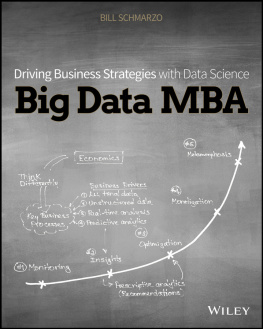
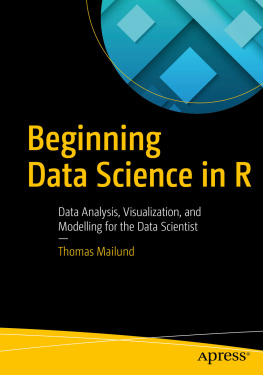
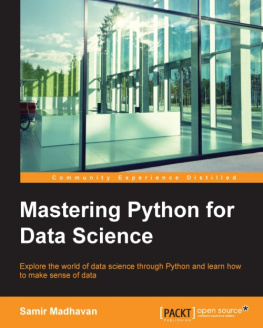
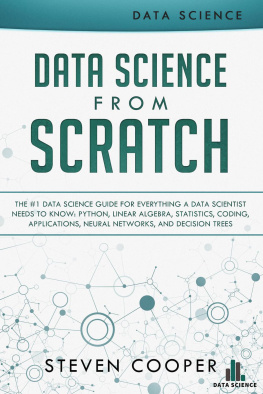
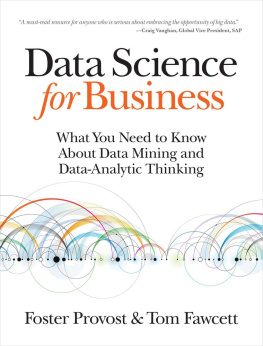
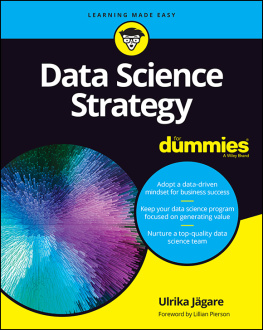

![EMC Education Services [EMC Education Services] - Data Science and Big Data Analytics: Discovering, Analyzing, Visualizing and Presenting Data](/uploads/posts/book/119625/thumbs/emc-education-services-emc-education-services.jpg)

